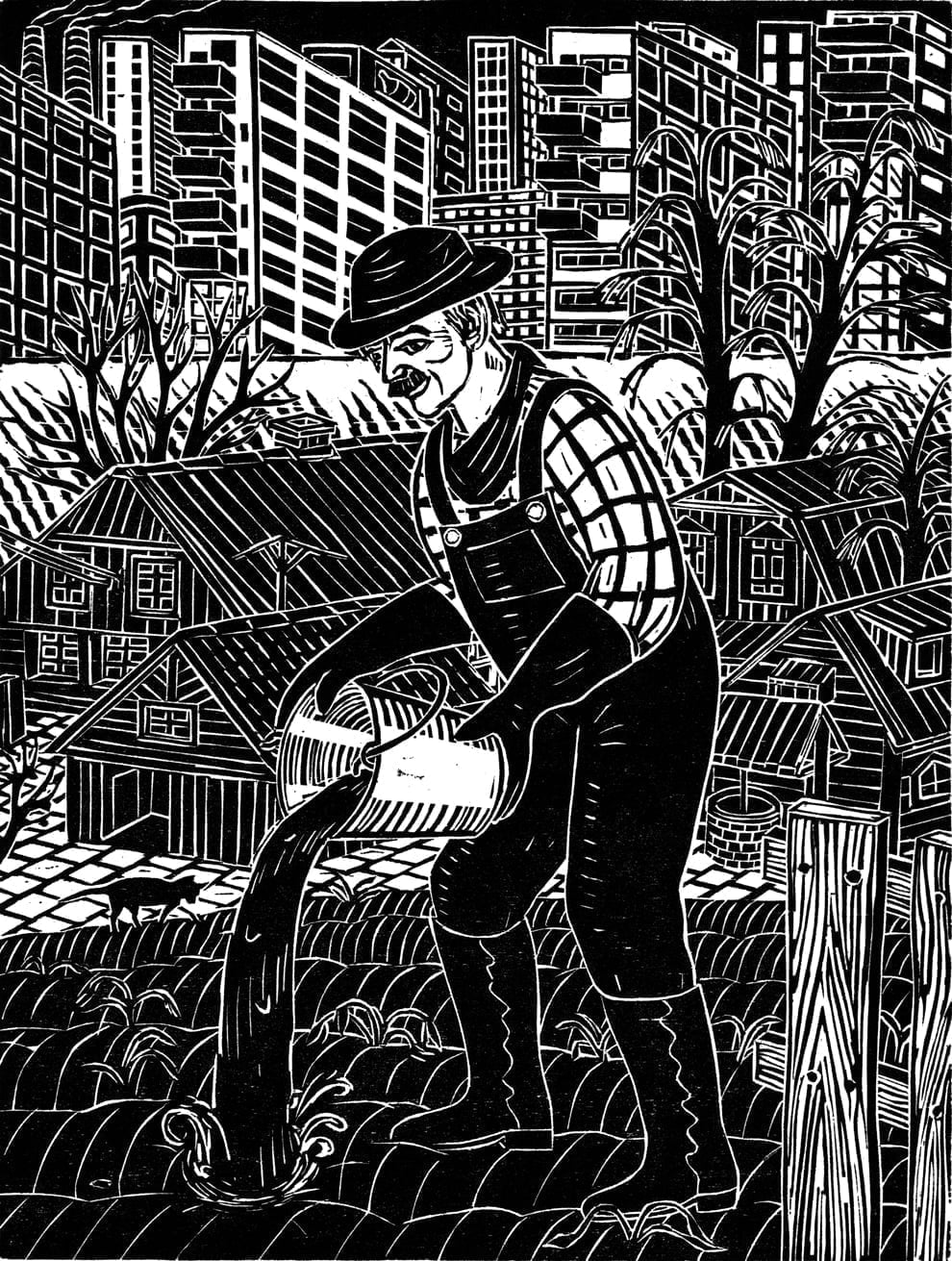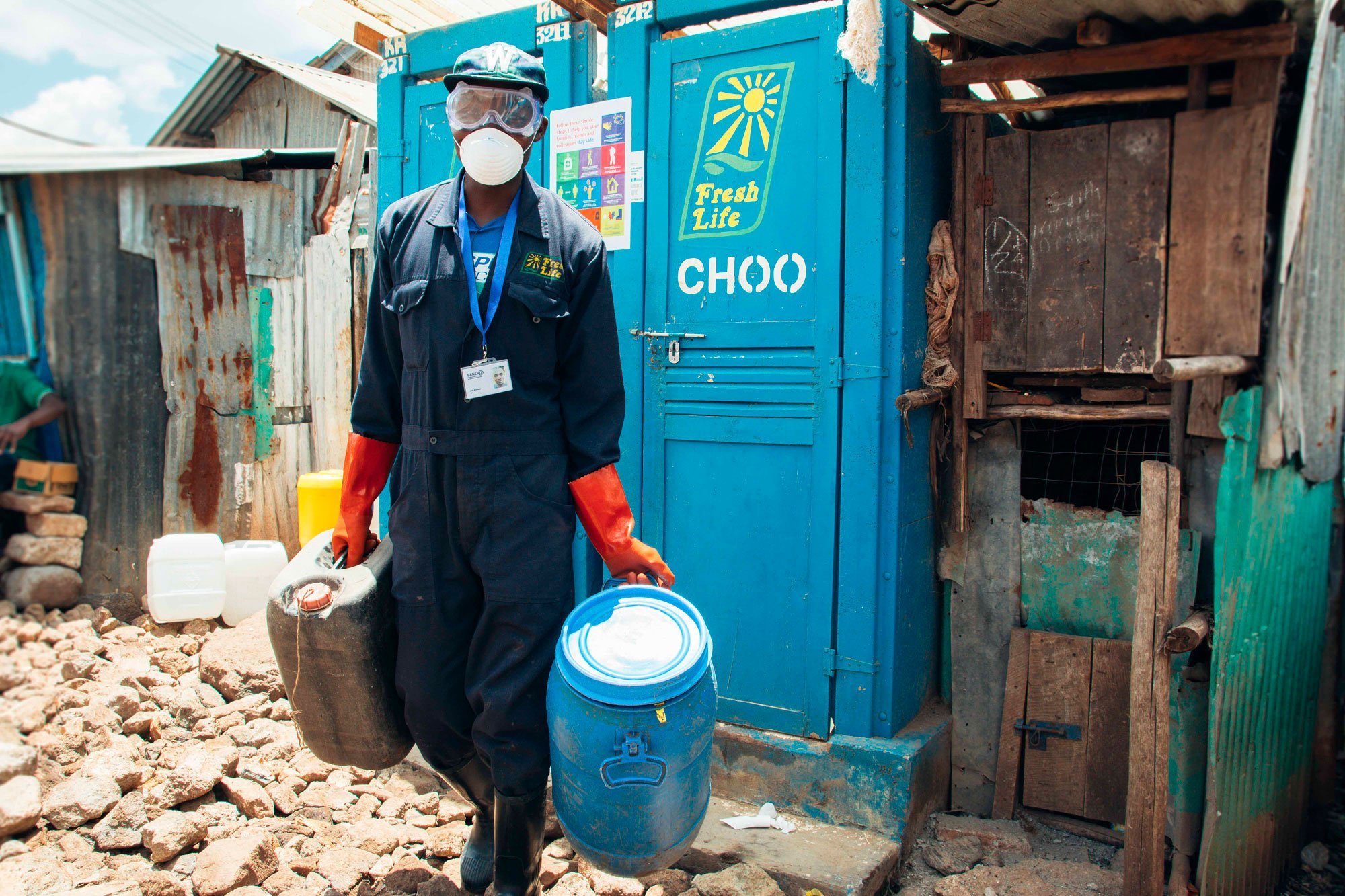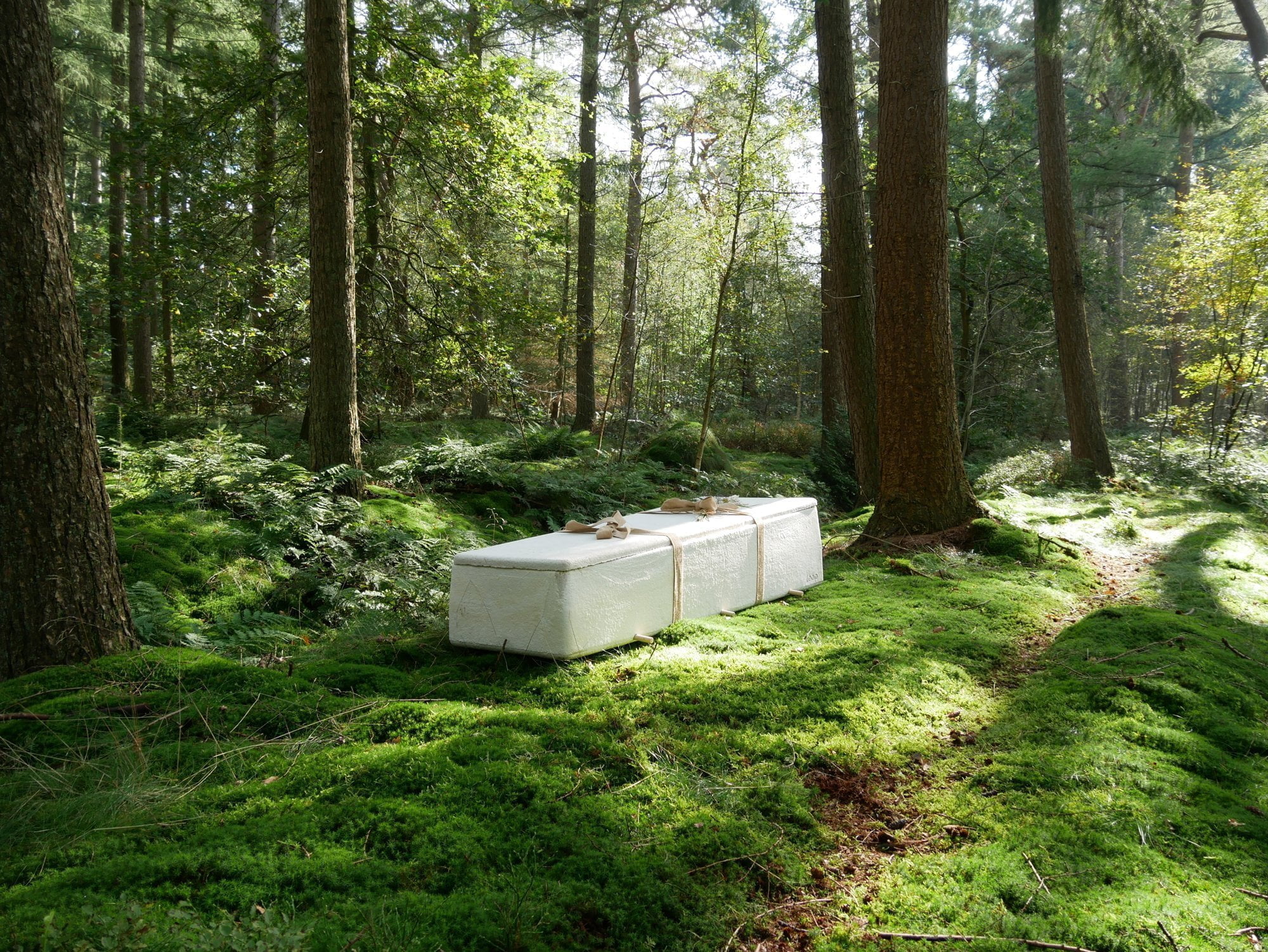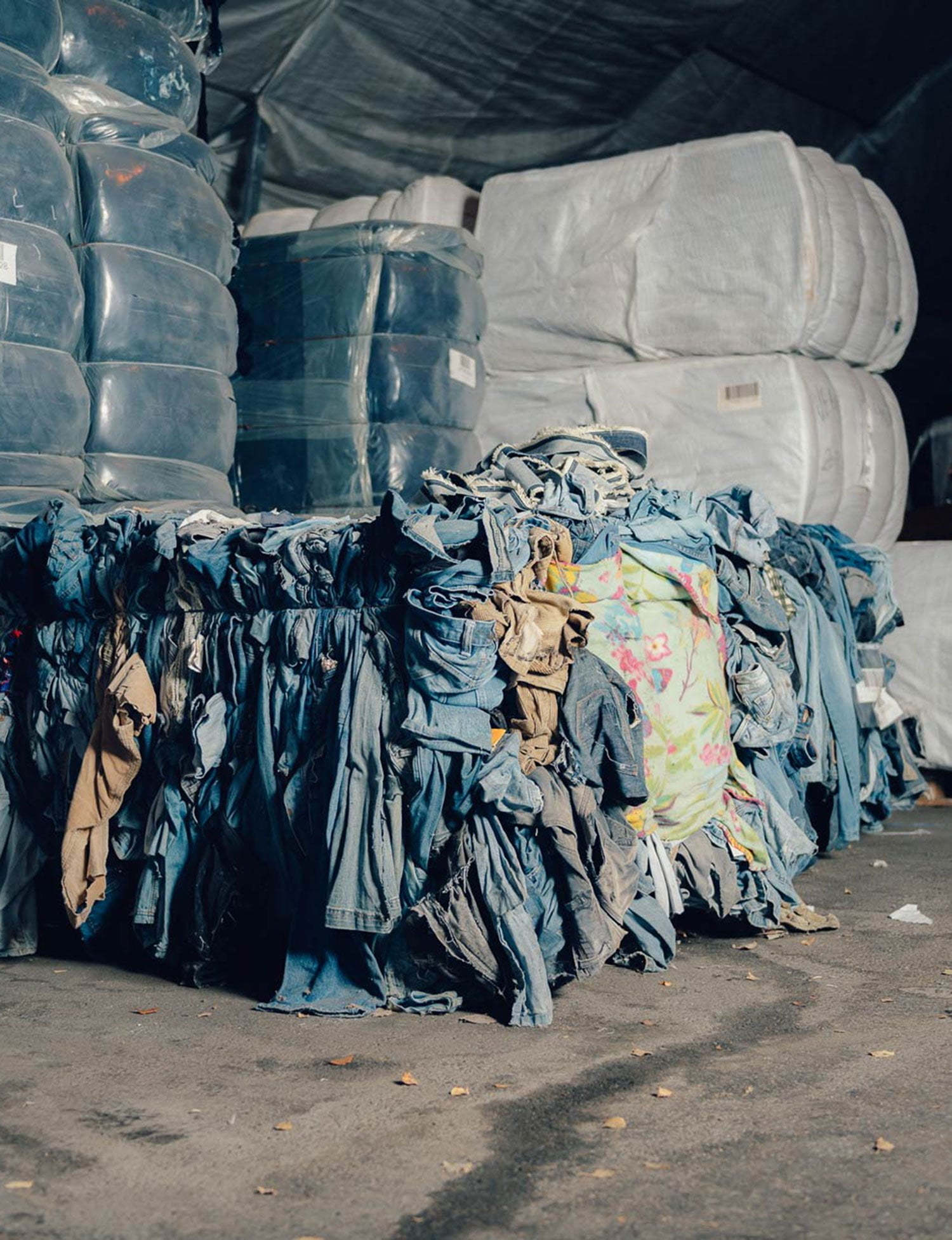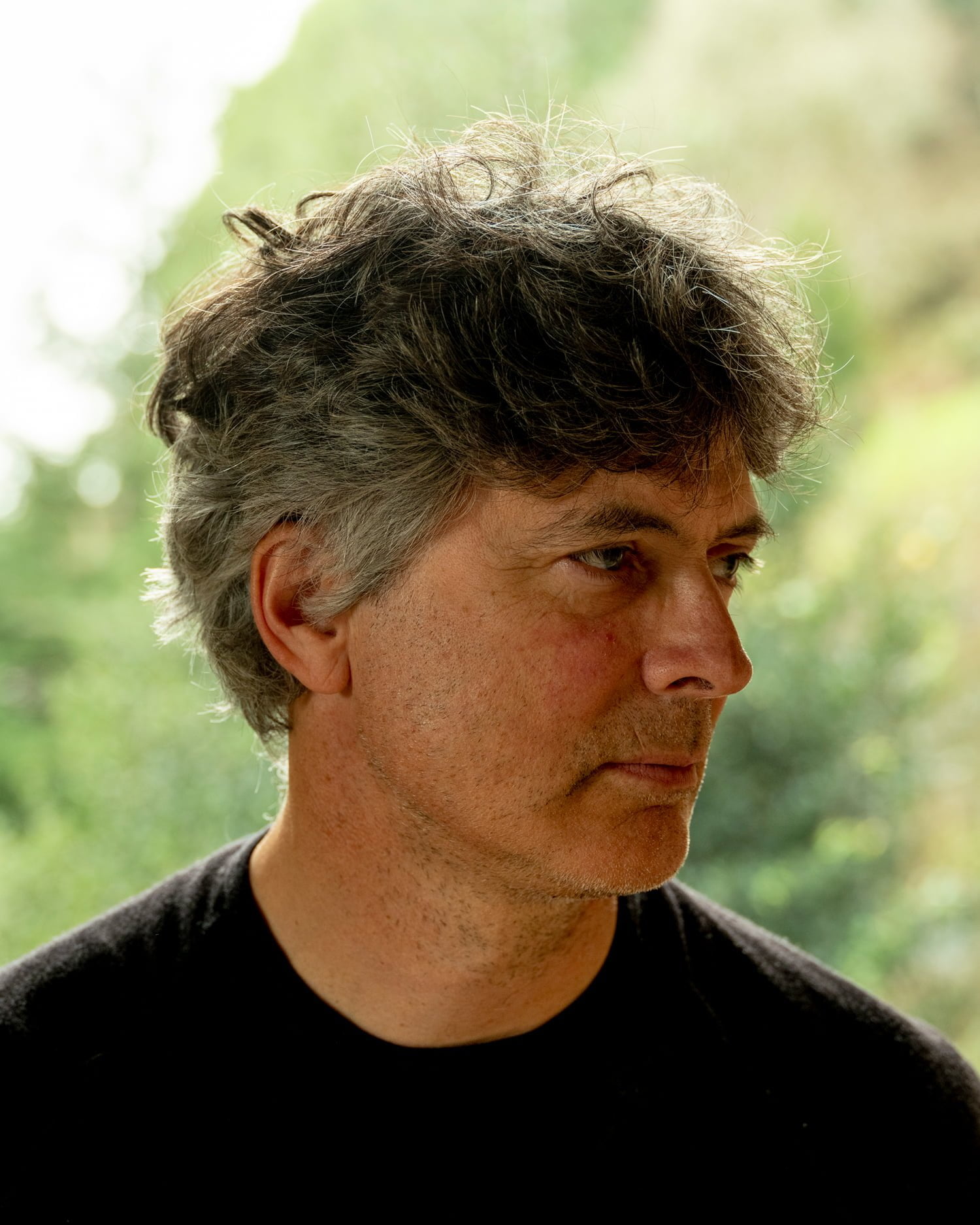Human waste is a resource with immense potential. But only if we can clear it of its stigma. In this excerpt from her book, The Other Dark Matter, Lina Zeldovich explores what poop can do.
Every autumn when I was a child, my grandfather would set off to do two things: prepare our small family farm for the long Russian winter and empty out our septic system.
Dressed in his hazard suit, he would spend a day or two dipping buckets into the foul brown liquid and distributing it over the land. He poked small holes in the strawberry and tomato patches and poured the goo into them, deep into the earth. He dug little trenches around the apple trees and emptied his buckets on to their roots. And he also dumped a bunch into one of the compost pits.
I knew that other people, who lived in big apartment buildings, didn’t have septic tanks, but as a child I assumed that their sewage was also somehow returned to the earth. If not, what would they eat? What would we all eat if we didn’t replenish our earth? The stinky sewage pit was simply a part of life, of the natural cycle necessary to grow food and put dinner on the table.
“Scientists and entrepreneurs are finally looking at excrement the way our ancestors did: as a resource, not as waste”
Whenever we disrupt that cycle, there’s an environmental price to pay. The next time you go grocery shopping, take a look at where your food comes from. In the northern United States, your strawberries probably come from California or Florida, your asparagus from Mexico or Chile, and your bananas from Ecuador or Costa Rica. As it grew, your food had to extract nutrients from the soil in which it was planted. Then it was shipped to you – using fossil fuels. Next, you eat the food – and you excrete the unused nutrients, which ultimately end up in a local body of water, probably closer to your house than you think. So we are continuously taking nutrients from some parts of the planet and discharging them in others. The result? Depleted, barren soils in some places and overfertilised, stinky, dying creeks and marshes in others.
Today, farmers in America and beyond spend billions of dollars on synthetic fertilisers, trying to keep their soil fertile year after year. What we completely leave out of the equation is that our waste – the potent fertiliser we produce regularly – goes to fertilise all the wrong places: not the farm fields, but our rivers and lakes. The link between humans taking from and giving back to Mother Nature is clearly broken.
Closing the loop
The good news is, there’s work going on all around us to fix the problem. A sewage plant in Washington DC is turning the city’s poop into fertiliser that is sold at local garden centres. A company in Kenya is making it into solid fuel as a more sustainable alternative to wood and charcoal for home cooking and food production. An Israeli firm is developing a toilet that hooks directly up to a home biodigester that can make fertiliser and gas. Opportunities abound in the field of medicine too: fecal transplants offer hope for people with infections that won’t respond to antibiotics, and analysis of the world’s poop has proven crucial to tracking the spread of Covid. Prompted by the Bill and Melinda Gates Foundation’s Reinvent the Toilet Challenge, scientists and entrepreneurs all over the globe are finally looking at excrement in the same way as our thriftier ancestors did several centuries ago: as a resource, not as waste. If these efforts are to bear fruit, then poop needs to be freed of its stigma – and that’s a challenge that others are working on.
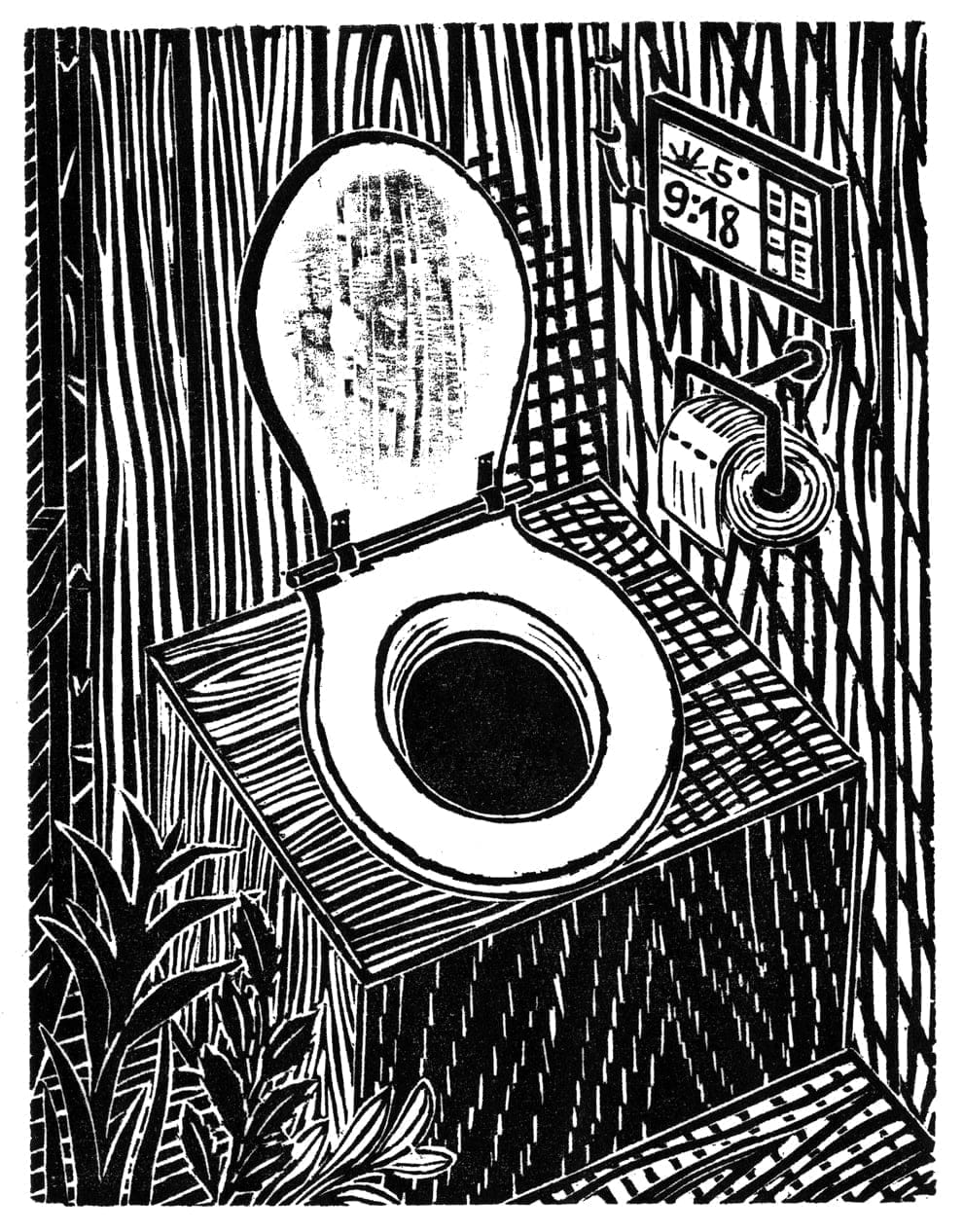
We’re all poopers
“I have a confession to make,” New York performance artist Shawn Shafner declares from the stage. “I can’t keep it inside anymore.” Holding his hands to his chest, he rips open his white dress shirt in a dramatic gesture – and reveals a T-shirt with big letters splattered on the front. Just in case someone in the audience can’t see the statement, he screams out his eerie affirmation: “I am a POOPer!”
The audience cracks up. Shafner builds on the momentum with a few more bathroom jokes, and the laughter grows into a roar. The creator of The POOP Project – the acronym stands for People’s Own Organic Power – Shafner is infinitely creative with his toilet puns, but he is also serious about the underlying science. In his performance, he explains the earth’s nitrogen cycle, the problems of modern sewers, and the inner workings of our guts.
It’s a topic that still makes people wince, and that’s what Shawn Shafner wants to change. “We are all POOPers,” he tells his audience. The sooner we admit it, the better we will handle this complicated substance. “Sing with me,” he calls out to the audience with wide, outstretched arms. “I am a POOPer, I am a POOPer!”
“If the world can embrace the wisdom that my grandfather followed, we will slow down global warming and grow healthier food”
Shafner’s choice of subject matter might be unconventional, but it’s also universal. When I visited the Sulabh International Museum of Toilets in New Delhi, India, which chronicles the development of these facilities throughout history, its curator, Manoj Kumar, talked about how its exhibits touch every visitor, no matter the country or continent they come from. “It is one thing we all have in common,” he said, standing next to a prototype of a composting toilet that the Indian government offers to subsidise for farming families.
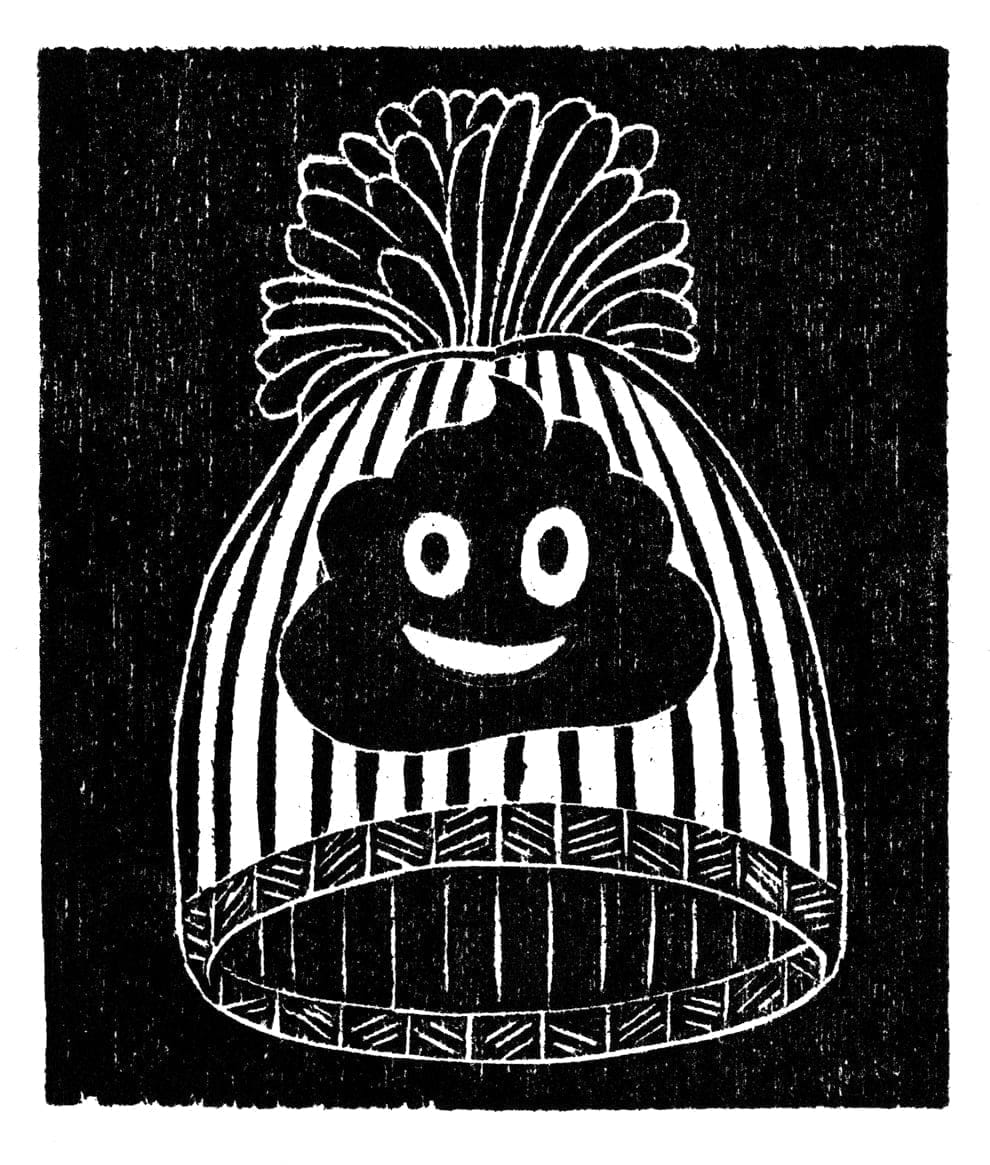
More refreshingly, poop is making its way into pop culture, too. Poop emojis are everywhere these days. A cute poo pillow was a best seller on Amazon a couple of years ago. During the holiday season I bought a pom-pom hat with a sequined poo pile in a children’s clothing store. The sequins were reversible, so I could flaunt my poo in two different ways – shimmering silver or radiant rainbow. I love my poop hat. My grandfather would have loved it, too. He would have sung along with Shafner, and he would have walked through the excrement exhibit with me, laughing like a child.
If the world can embrace the wisdom that my grandfather followed 70 years ago, we will use less fossil fuel, waste less energy, generate less acid rain, and produce fewer greenhouse gas emissions, fewer bleached corals and fewer dead fish. Instead, we will clear algal blooms from our waters, slow down global warming and grow healthier food.
We just need to recognise that power within us. It may not be pretty to look at, but it’s a treasure.
Dive into a world of poop
Turn your waste into clean energy with HomeBiogas
homebiogas.comExplore the Reinvent the Toilet Challenge
Find out more